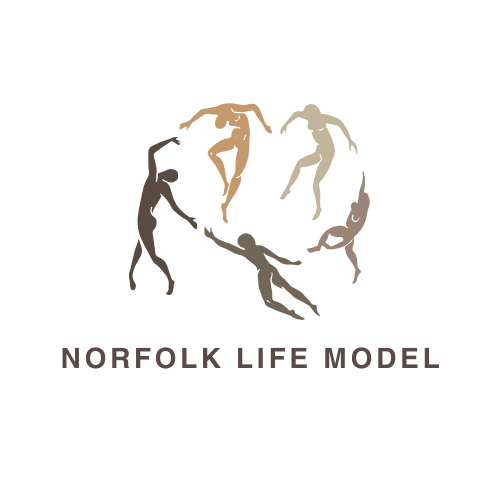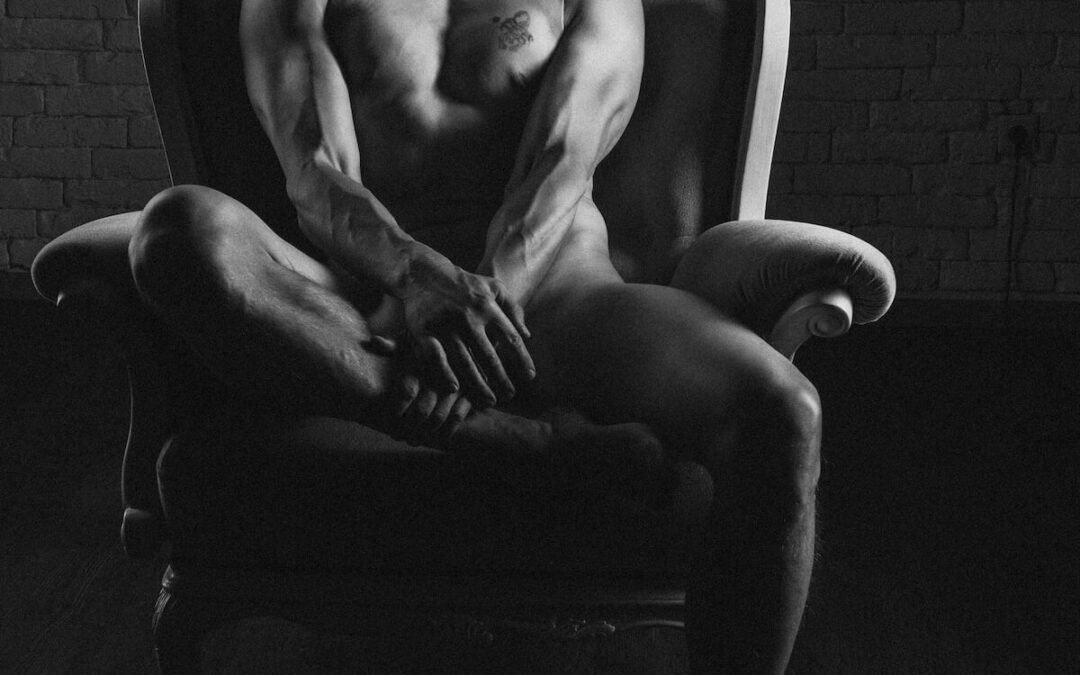Nudity in Art and the Journey of the Artist
This exploration of artistic nudity challenges common misconceptions and examines how contemporary artists approach the human form. Understanding these perspectives enables both artists and viewers to distinguish between artistic expression and inappropriate content in nudity in art.
How Does Art Challenge Societal Stigmas?
Artists today work to separate artistic nudity from inappropriate content through thoughtful portrayal of the human body. Their work aims to normalise different body shapes and forms.
Contemporary galleries and exhibitions increasingly embrace diverse representations of the nude form, helping to break down traditional taboos.
What Makes Artistic Nudity Different?
Artistic nudity focuses on celebrating the human form rather than exploitation. Artists approach their subject matter with reverence and respect, creating works that transcend mere nakedness.
The difference lies in intention and execution, with careful consideration given to composition and context.
How Do Artists Address Body Image?
Many contemporary artists explore themes of body image and self-doubt through their work. Their portrayals often challenge stereotypical beauty standards and promote acceptance.
These artworks can help viewers confront their own unconscious biases about body shape and form.
What Role Does Consent Play?
Consent remains central to artistic nude photography and painting. Professional artists always ensure clear boundaries and respect for their subjects.
This ethical approach helps distinguish artistic work from inappropriate content.
How Do Social Media Platforms Respond?
Instagram and other platforms often incorrectly flag artistic nudes as inappropriate content. This creates challenges for artists trying to share their work.
Many artists now explore creative ways to conform to platform guidelines while maintaining artistic integrity.
What About Mental Health Connections?
Creating and viewing artistic nudes can promote positive body image and mental health. The process helps both artists and subjects embrace vulnerability.
This therapeutic aspect of nude art offers unique opportunities for personal growth and acceptance.
How Can We Change the Conversation?
Opening honest discussions about artistic nudity helps reduce shame and stigma. Educational approaches can help people understand the difference between art and exploitation.
Artists play a crucial role in shaping this discourse through their work and public engagement.
What Makes Bold Artistic Choices Important?
Bold artistic choices help challenge conventional thinking about the nude form. Artists who push boundaries often create the most compelling and thought-provoking work.
These choices encourage viewers to question their own assumptions about nudity in art.
How Does Creativity Transform Perception?
Creative approaches to depicting the naked body can change how people view nudity in art. Innovative techniques and perspectives help separate artistic expression from eroticism.
This transformation of perception helps liberate both artists and viewers from restrictive viewpoints.
Key Points to Remember:
- Artistic nudity differs from inappropriate content
- Consent and respect are fundamental
- Body image and acceptance are key themes
- Social media presents unique challenges
- Mental health benefits exist
- Education reduces stigma
- Bold artistic choices matter
- Creative approaches help change perceptions
- Clear boundaries maintain professionalism
- Open dialogue promotes understanding
Frequently Asked Questions
Q: Why do artists choose to depict the naked body in their work?
A: Artists often aim to empower and celebrate the diversity of the human form. The naked body can serve as a canvas for exploring themes like sexuality, vulnerability, and the sacredness of flesh. It’s a way to shatter the notion that nudity is always obscene.
Q: What’s the most common reaction when people see nude figures in art?
A: Reactions can vary widely! Some people laugh or feel awkward, while others appreciate the beauty of the body as art. It really depends on personal experiences and societal norms regarding nudity.
Q: How can I get involved in discussions about nudity in art?
A: You can join us by subscribing to art forums and attending local exhibitions. There are often events where people gather to discuss the topic, and bringing your own perspective can be really interesting!
Q: Is it okay for artists to pose naked in front of a stranger?
A: It’s all about the context! Many artists participate in life drawing classes where nudity is the norm. It can be a liberating experience that helps shatter personal insecurities, but it’s important to ensure everyone involved feels comfortable and respected.
Q: What are some common misconceptions about nude art?
A: One major misconception is that nude art is purely sexual. In reality, many artists aim to portray the human body in a way that’s about beauty and expression rather than just sexuality. It’s often a complex examination of the human experience.
Q: How do I talk to someone who finds nudity in art offensive?
A: Start by understanding their point of view. Discuss why you believe the depiction of the body is important, and how it can empower people to embrace their own flesh without feeling ashamed. A respectful conversation can often lead to a better understanding.
Q: What should I consider when creating art that includes nudity?
A: Think about your aim and the message you want to convey. It’s crucial to be sensitive and respectful in your depiction of the body, especially if you’re working with live models. Always prioritise consent and comfort!
Q: Can you recommend any artists who challenge the stigma around nudity?
A: Absolutely! Artists like Lucian Freud and Jenny Saville have created powerful works that challenge conventional views on the female body. Their pieces often provoke thought and discussion about beauty, body parts, and self-acceptance.
Q: What’s the importance of discussing nudity in art in today’s society?
A: Discussing nudity in art helps to break down societal barriers and promotes body positivity. It encourages people to see the body as a natural part of life rather than something to be ashamed of. Plus, it’s a great way to laugh off the awkwardness that often surrounds the topic!
Read about my first life modelling experience here

